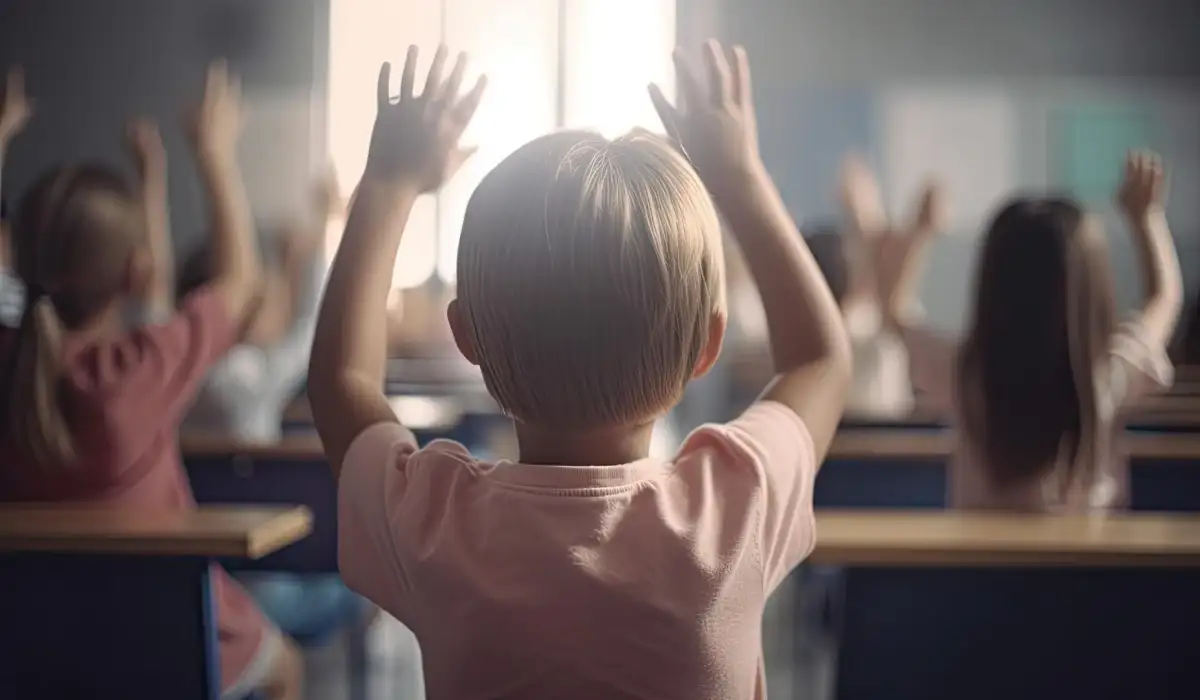The Day of Non-violence and Peace in Schools, observed every year on the 30th of January, is a global observance aimed at instilling values of peace, tolerance, and non-violence in students. Since its inception, this day has been utilized to educate young individuals about the importance of peace, embracing cultural differences, and mutual understanding.
This day hopes to inspire future generations to strive for a world where problems are settled through constructive dialogue instead of aggressive actions. The celebration empowers students, highlighting their potential roles in cultivating a society that is peaceful and inclusive.
History of School Day of Non-violence and Peace
The School Day of Non-Violence and Peace, also known by its acronym DENIP, is an international observance initiated in Spain in 1964 by the poet, Lorenzo Vidal. Acknowledged by UNESCO, this day, celebrated on January 30, advocates for non-violent conflict resolution, and respecting the values of peace across diverse cultures and religions.
Falling on the anniversary of Mahatma Gandhi’s assassination in 1948, this day is not just a commemoration, but an occasion to educate young hearts and minds about peace and tolerance. Gandhi, who significantly pioneered the concept of peaceful resistance, is fittingly remembered on a day aimed at instilling similar principles in younger generations.
DENIP’s central theme, “Love can conquer”, is echoed in classroom activities that include singing, reading peace-themed poetry, and engaging in debates focused on peace and non-violence. These activities are designed to resonate with different age groups.
From its modest beginnings to its global reach today, DENIP is widely recognized as an essential observance, bringing together students, educators, parents and community members across continents. It seeks to reflect on the destructive consequences of violence, hatred, and prejudice, and underscores the importance of fostering a culture of peace.
School Day of Non-violence and Peace Timeline
Assassination of Mahatma Gandhi
Mahatma Gandhi, who was non-violent leader of Indian independence was assassinated on January 30th.
First School Day of Non-Violence and Peace
The School Day of Non-violence and Peace was introduced in Spain by the poet Llorenç Vidal Vidal.
Expansion Beyond Spain
DENIP expanded from Spain to become recognized and celebrated by many schools of other countries.
Increased International Participation
International participation increased significantly at the start of the new millennium.
50th Anniversary of DENIP
This landmark showed that the initial message of stepping towards a peaceful society was still very much alive.
Ideas to Celebrate School Day of Non-violence and Peace
Peace Rally
Plan a peaceful march with students parading through the school neighborhood, showcasing signs and banners advocating for peace. Conclude the rally with a meeting where students and faculty members give speeches on the themes of peace and non-violence.
Art for Peace
Arrange a realm of creativity where students compete and create art pieces reflecting the concepts of peace. These masterpieces can be showcased in a special school exhibition promoting peace and non-violence.
Guest Speaker Session
Arrange for a personality who is renowned for their work in peace-preservation or conflict solving to share their expertise and thoughts on peace, its importance in personal life and how it brings global harmony.
Workshops on Conflict Resolution
Schedule informative and practical sessions where students are taught important skills of solving conflicts while maintaining peace. These can include understanding communication techniques, negotiation tactics, and exercises to build empathy.
Community Service
Organise visits to local old age home, pet shelter or homeless center where students can render their service, this inculcates a feeling of empathy and warmth among them.
Film Screening
Arrange for screening of a film or documentary advocating peace and non-violence. Encourage an open forum discussion post the screening, where students can exchange their thoughts on the themes depicted in the film.
6 Interesting Facts About School Day of Non-violence and Peace
A global affair
This noteworthy occasion is commemorated by schools around the world, highlighting its universal appeal and dedication to the promotion of peace and non-violence.
Related to United Nations
The commitment of this day intertwines with the United Nations General Assembly's Declaration and Programme of Action promoting a Culture of Peace, although it is not a UN-recognized event.
Aim of the day
This day is devoted to advancing ideas of peaceful interaction and mutual respect in the school environment, cultivating an enduring culture of unity, tolerance, and solidarity.
Year-round impact
Although officially celebrated once every year, the principles of this day are designed to be put into practice on an ongoing basis, nurturing all-round growth of the learners.
Types of activities involved
Celebrations of the day often feature a variety of activities, such as peace-promoting poems and songs, presentations on non-violence, and remembrances of those lost to violence.
Non-violence symbol
The symbol frequently linked to this day is a white dove carrying an olive branch, signifying peace, hope, and the possibility of reconciliation.
School Day of Non-violence and Peace FAQs
Next School Day of Non-violence and Peace Dates
| Year | Date | Day |
|---|---|---|
| 2023 | January 30th | Monday |
| 2024 | January 30th | Tuesday |
| 2025 | January 30th | Thursday |
| 2026 | January 30th | Friday |
| 2027 | January 30th | Saturday |
| What is the pattern? | Every January 30th | |
School Day of Non-violence and Peace Word Search
- Nonviolence
- Peace
- Harmony
- Respect
- Tolerance
- Compassion
